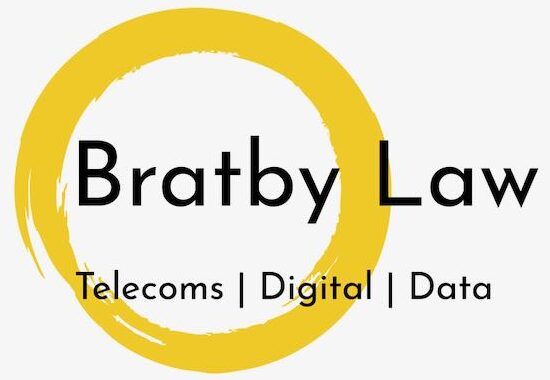It is a sign of the changing times that I learnt about LinkedIn’s IPO through twitter last night, and that LinkedIn itself blogged about it. Seasoned IPO watchers will be aware that process has been started with the filing of their S-1 Registration Statement at the US Securities and Exchange Commission.
At this stage, details of the price and amount of stock to be offered in the IPO has not been finalised, but the S-1 contains (amongst other things) a detailed overview of the business including financial data and risk factors. For those interested in the business model for social media companies it makes fascinating reading. With rumours of IPOs planned this year for other social media platforms the valuation metrics will set interesting benchmarks, which will also impact the mid-market as the large social media platforms acquire businesses to add incremental capabilities.
As a scarred member of the dot.com 99% club (the company I was then working for had its valuation fall in 2001 to 1% of its value in 2000) the question occurs to me is whether the current interest in social media is dot.com hype or represents sustainable value creation. The things that make me feel like it is 1999 include that everyone is talking about social media, there is conference and news overload and woe-betide any company without a ‘social media strategy’. Even my mum talked about it at Christmas. However, against that, there are a lot of us who remember the dot.com crash and that in the wake of the 2008 global financial crisis valuations seem to be very focused on fundamentals (like cash generation) rather than a story which goes ‘build cool web-site, get funding, worry later about how to make money’.
LinkedIn’s S-1 has its normal quota of risk factors, but also has real revenue streams which were sadly lacking in some dot.com companies. A more subtle difference between social media businesses and web 1.0 is the innate ability of social media networks to benefit from network effects, which raise users’ switching costs and create greater barriers to entry than exist for transactional web-site businesses. However, these are not insurmountable (anyone still use FriendsReunited?).
Thank you to the kind reader who suggested that a Friday round-up of this week’s blog posts would be useful. In reverse order:
- Funding content, funding networks: what matters?
- Will Apple’s move into NFC mobile payment reshape industry alliances?
- Smart meters: intelligently connecting to a lower carbon future
- Cognitive radio: road to mobile broadband delivery or path to anarchic interference?
- Proposals for new UK Communications Act and telecoms moves government department
Have a good weekend. Finally, being a lawyer – I am not connected to LinkedIn (except as a user) and you should make your own mind up before you invest (or not) your own money – don’t take any advice from me.
